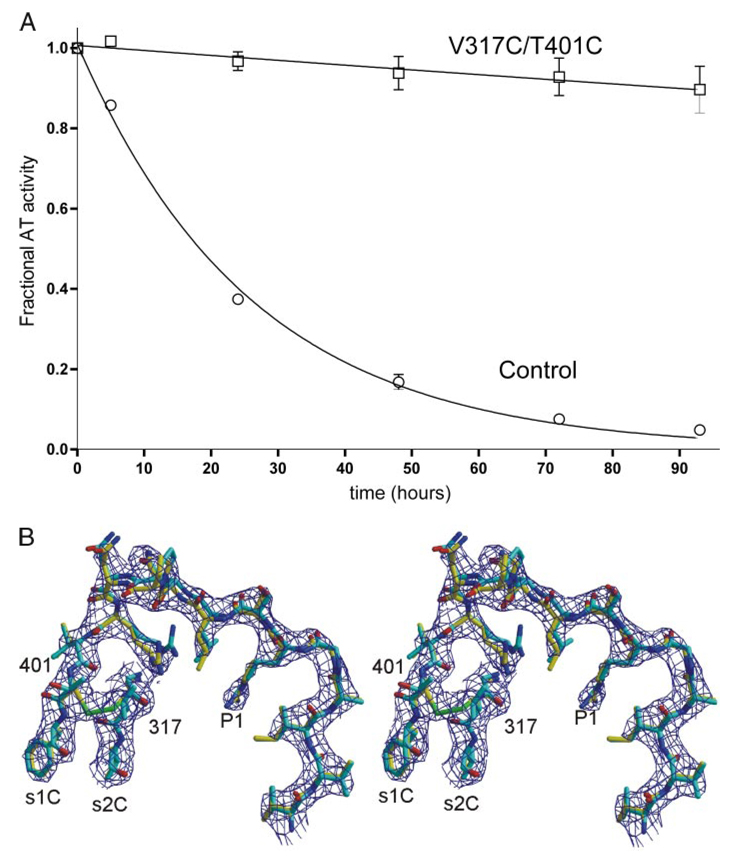FIGURE 2. The engineered disulfide bond prevents the conversion to latent AT.
A, the conversion to latent AT can be followed by monitoring loss of inhibitory activity with time. Under the conditions used, control AT was converted to the latent form with a half-life of 18 h, whereas the V317C/T401C variant was fully resistant to the conformational transition. B, successful formation of the disulfide bond was further verified by solving the crystal structure of the V317C/T401C variant (yellow) in the context of the active/latent dimer. The RCL and parts of strands 1C and 2C are shown with surrounding electron density (contoured at 1 × the root mean squared deviation of the map, 1σ). The structure of native wild-type AT is superimposed for comparison (cyan), and the engineered disulfide bond is shown in green.

